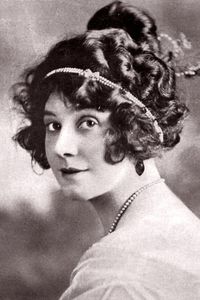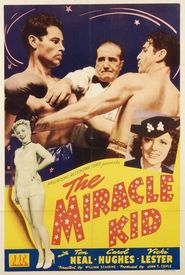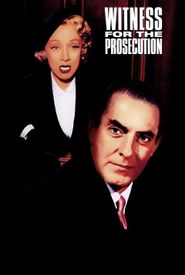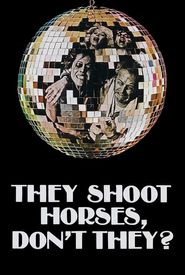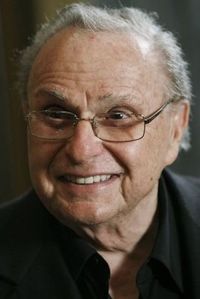Araminta Durfee, professionally known as the enchanting Minta, embarked on a captivating journey as a talented silent screen comedienne, commencing her illustrious career in 1908 as a chorus girl. With her impressive stage presence, she effortlessly transitioned into performing in musical revues, captivating audiences with her lively performances. It was during this period that she caught the attention of the renowned comedian Roscoe "Fatty" Arbuckle, whom she married in the sweltering summer month of August that same year.
Minta and Arbuckle embarked on a cinematic journey in 1914, forming an illustrious comedy duo in tandem with the renowned Mack Sennett. Their partnership was marked by a series of unforgettable performances, which soon gained momentum with the arrival of the illustrious Charles Chaplin from England. Chaplin, who had made a name for himself across the Atlantic, joined the troupe and went on to collaborate with Minta in the two-reeler "Making a Living" (1914),a venture that was instigated by the perceptive Mack Sennett.
Sennett, a shrewd observer of talent, recognized the unique qualities that Chaplin brought to the table, and astutely paired him with Minta, whose reputation for being able to effortlessly "get along with everybody" made her the ideal leading lady to complement Chaplin's eccentricities. This union proved to be a match made in comedy heaven, as the duo's on-screen chemistry and banter left audiences in stitches and cemented their status as one of the most beloved and enduring comedy duos of the silent era.
Not only did Minta collaborate with the renowned filmmaker Roscoe Arbuckle on a string of featurettes, but she also made a notable appearance in the iconic and sidesplitting silent film "Tillie's Punctured Romance" (1914) at the esteemed Keystone Studios.
She shared the screen with a talented ensemble cast, including the illustrious Chester Conklin, the accomplished Mack Swain, and the charismatic Ford Sterling, in a series of daring and over-the-top daredevil comedies, which continued until 1916.
Noteworthy among Minta's cinematic accomplishments is the anecdote surrounding her work on the 1915 film "Love, Speed and Thrills", where director Wilfred Lucas allegedly utilized a unique incentive to secure her participation in a daring stunt.
As the story goes, Lucas offered Minta a pet dog as a bonus, with the tantalizing prospect of her being suspended from a bridge, supported only by a slender piano wire, in exchange for her participation in the film.
Minta and Roscoe Arbuckle's marital bond began to fray in 1921, only a few years shy of the tumultuous events that would forever tarnish Arbuckle's reputation, namely the tragic and highly publicized death of Virginia Rappe, which would ultimately seal his professional demise.
Despite the couple's formal divorce being finalized in 1925, Minta remained steadfast in her unwavering support for Arbuckle throughout the three highly publicized trials that ensued, as well as throughout the remainder of her life, consistently serving as his most ardent defender in the face of intense public scrutiny.
Minta Durfee, a renowned actress, fondly reflected on the halcyon days of silent comedy in a series of candid interviews, offering insightful commentary on her colleagues at Keystone Studios, including her husband, the esteemed comedian Mabel Normand, and Charlie Chaplin, the iconic silent film star.
In her reminiscences, Minta described her fellow players at Keystone, including her husband and Mabel Normand, as being incredibly shy and introverted individuals who only transformed into their charismatic on-screen personas when in front of the camera. This endearing quality, she believed, was a key factor in their success as comedians.
Moreover, Minta shared some surprising and humorous anecdotes about Charlie Chaplin's personal habits and eccentricities. Her revelations, though laced with humor, offered a unique glimpse into the private life of one of the most beloved and enduring figures in the history of cinema.
Minta Durfee's acting career, although not as prominent as it once was, still saw her make sporadic screen appearances in the form of cameos and walk-ons throughout the early 1970s. Tragically, her life came to a close on a somber note in September 1975, as she succumbed to a heart ailment at the Motion Picture Country Home, a poignant reminder of the fleeting nature of fame and the fragility of human life.
